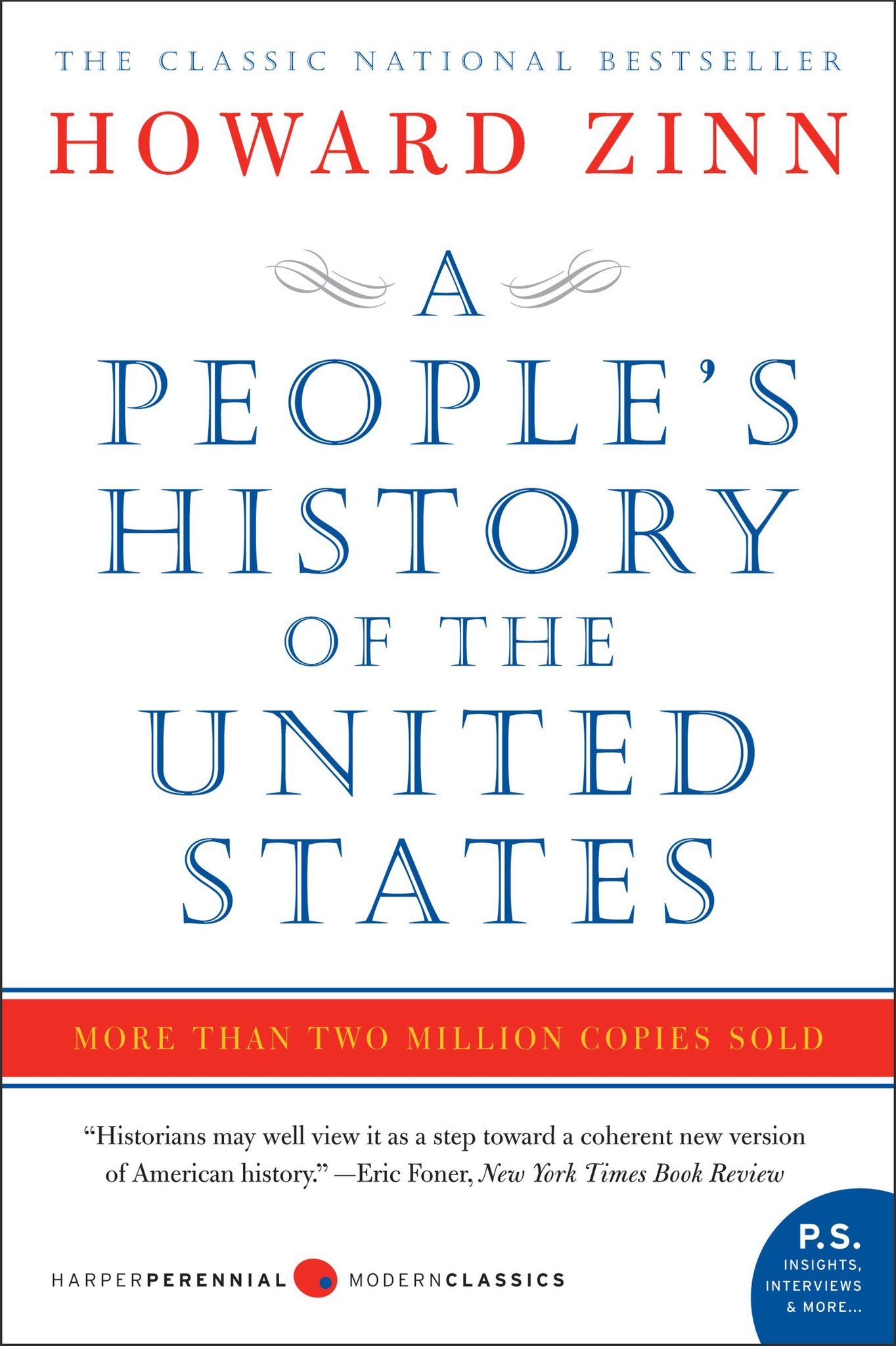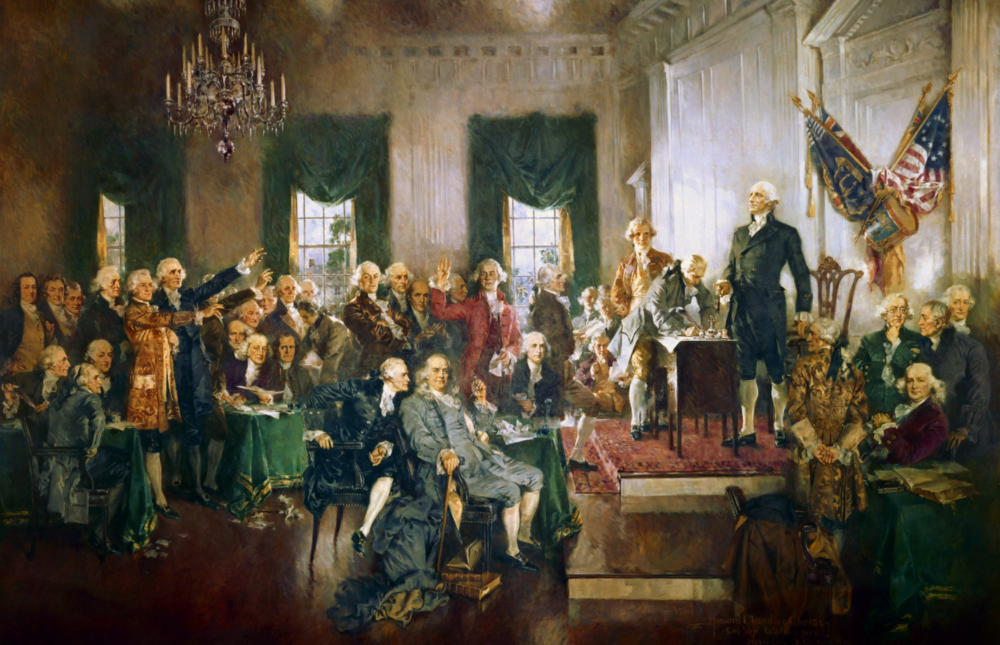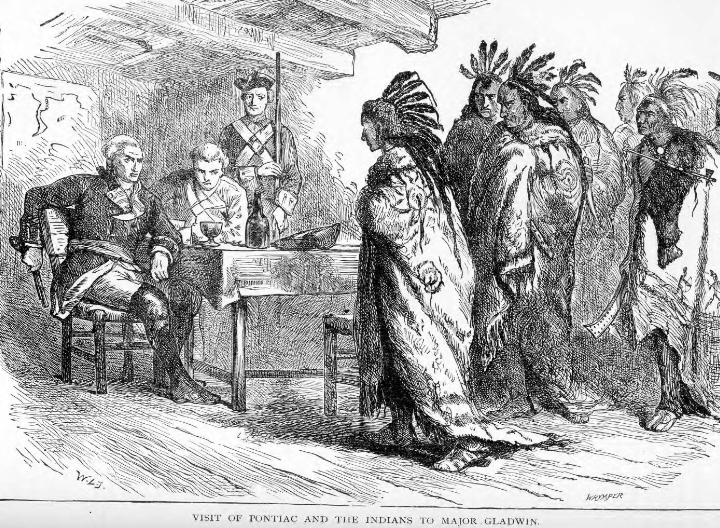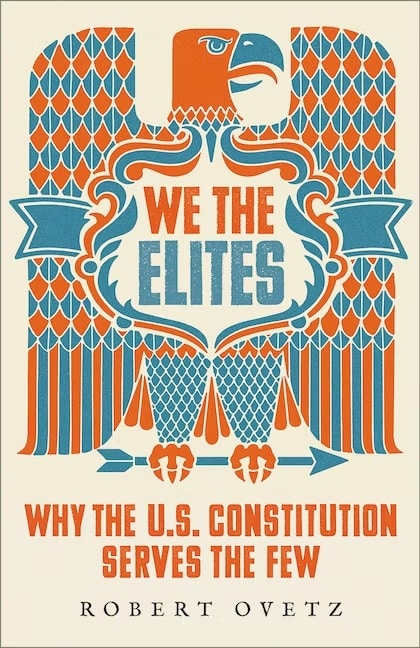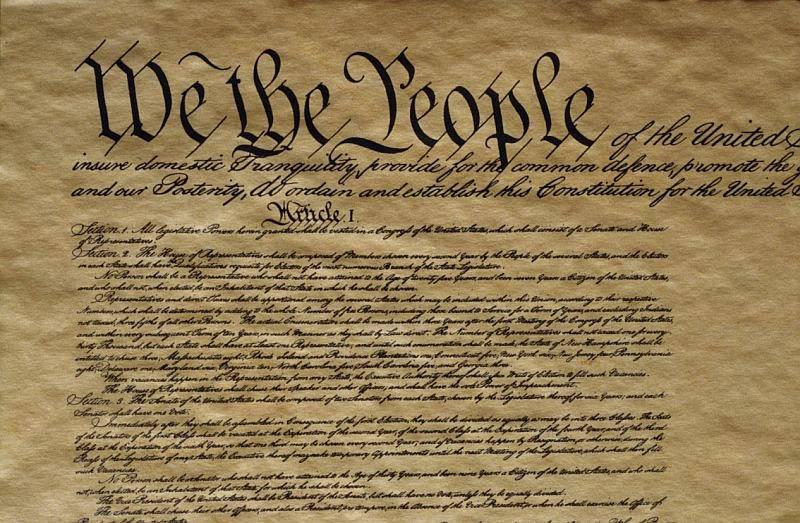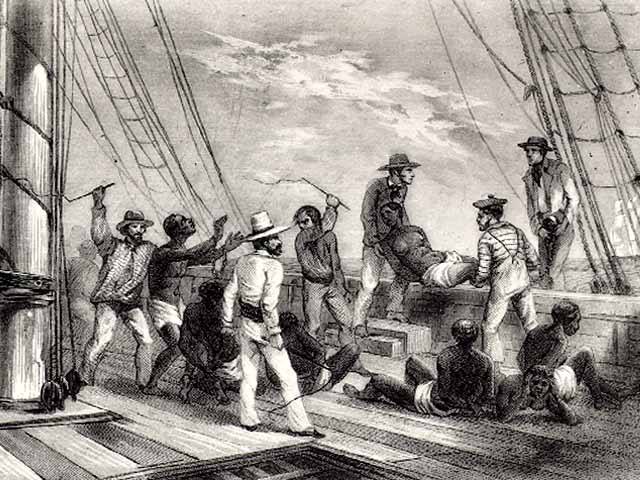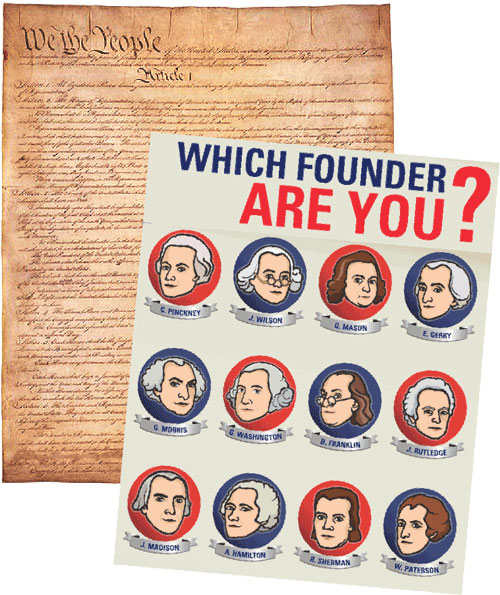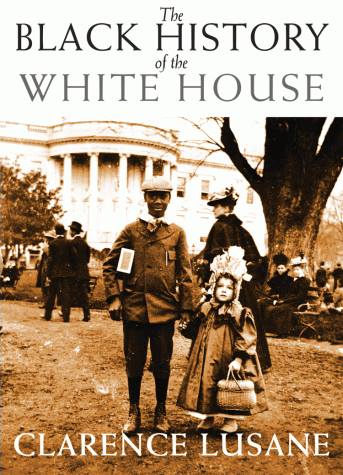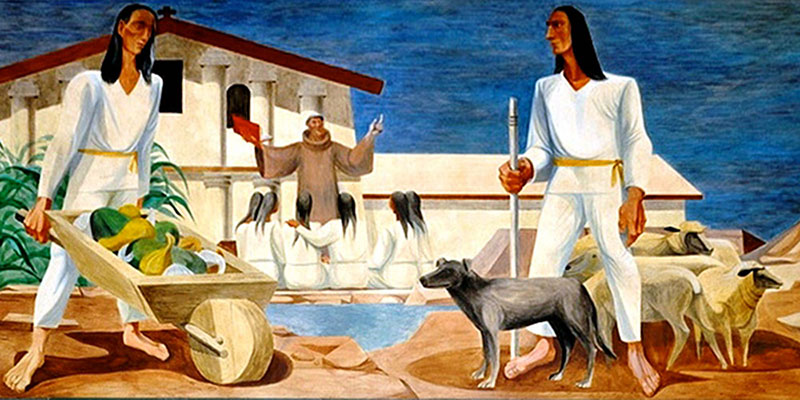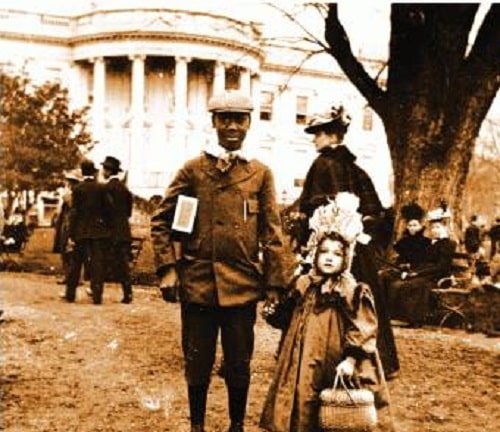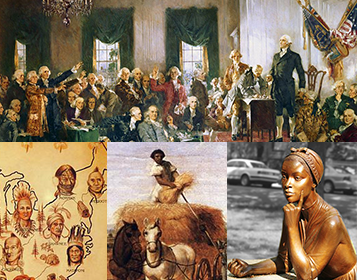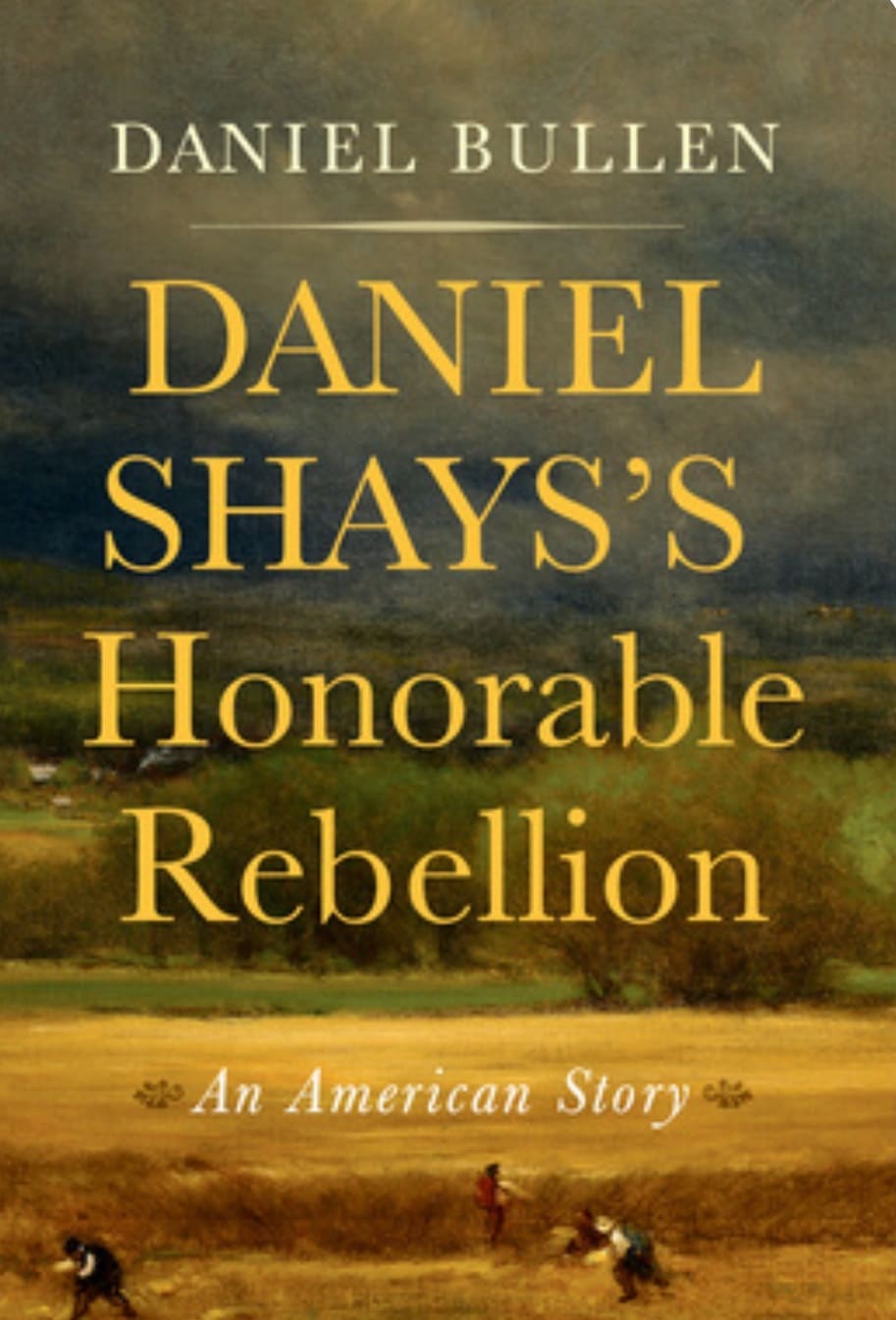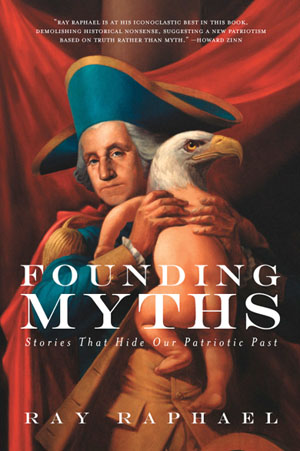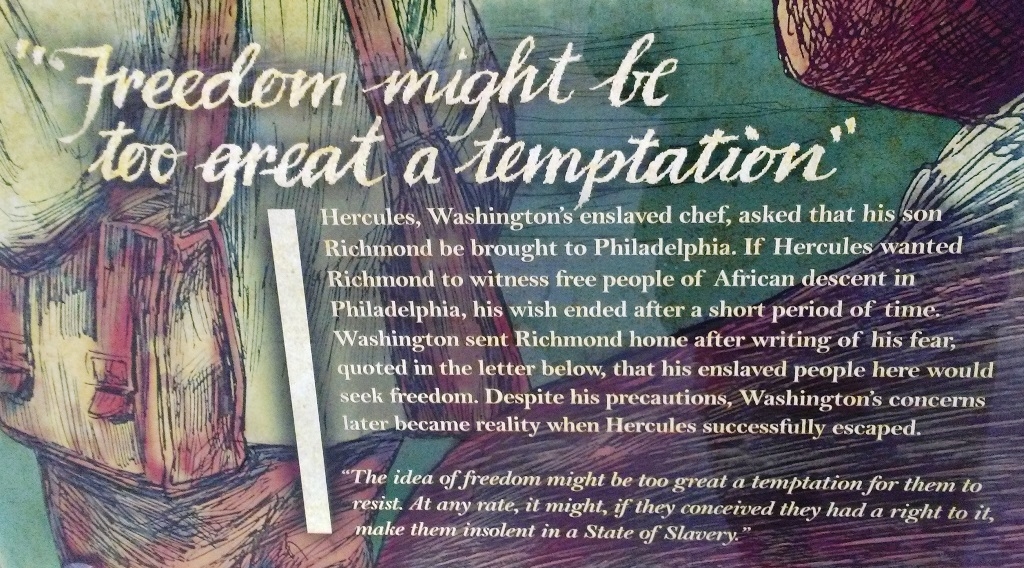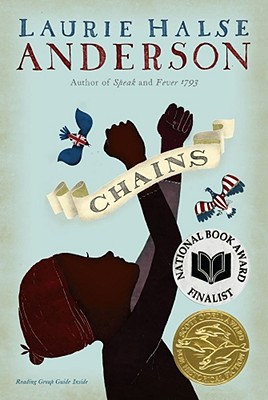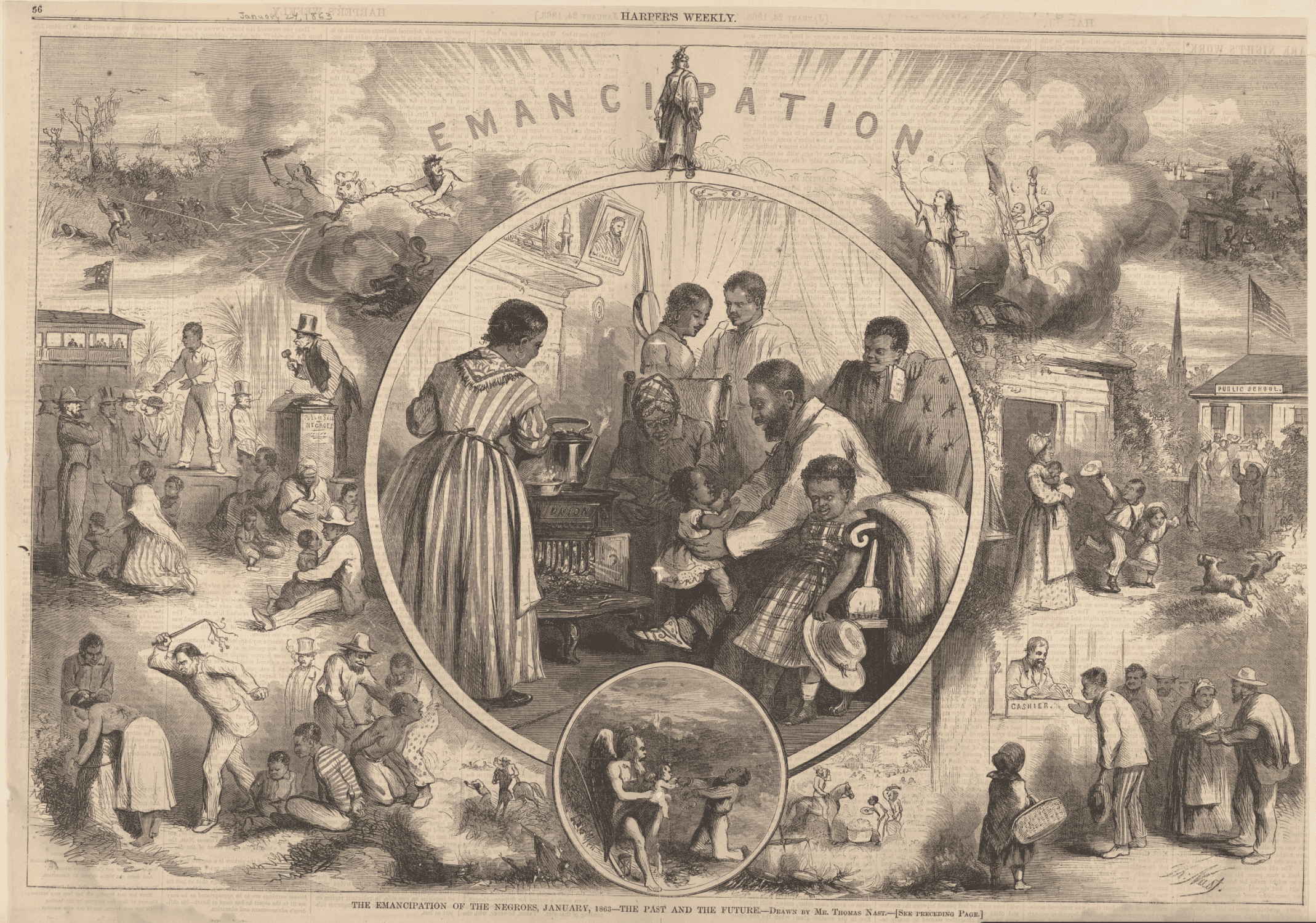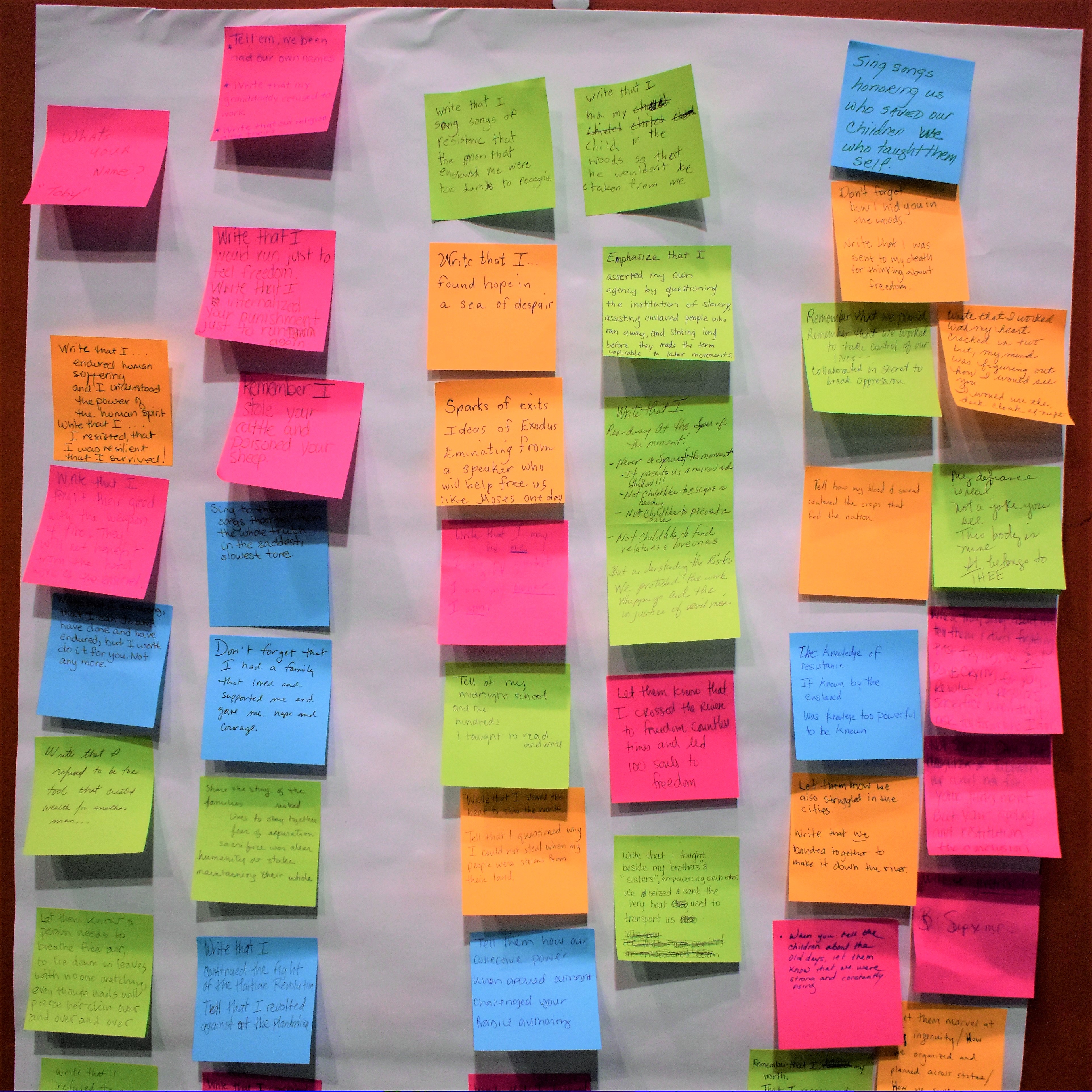Background Reading. By Ray Raphael. 7 pages.
Based on his book Founding Myths, Raphael critiques the textbook portrayal of the American Revolution. The textbooks say that "a few special people forged American freedom" which "misrepresents, and even contradicts, the spirit of the American Revolution."
Continue reading
Book — Non-fiction. By Howard Zinn. 2005, with a new introduction by Anthony Arnove in 2015. 784 pages.
Howard Zinn's groundbreaking work on U.S. history. This book details lives and facts rarely included in textbooks—an indispensable teacher and student resource.
Continue reading
Teaching Activity. By Bob Peterson. Rethinking Schools. 14 pages.
A role play on the Constitutional Convention which brings to life the social forces active during and immediately following the American Revolution with focus on two key topics: suffrage and slavery. An elementary school adaptation of the Constitution Role Play by Bill Bigelow. Roles available in Spanish.
Teaching Activity by Bob Peterson
Continue reading
Fighting alongside Odawa Chief Pontiac, the unified Native warriors defeated 250 British soldiers during their siege at Fort Detroit during Pontiac’s War.
Continue reading
Book — Non-fiction. By Robert Ovetz. 2022. 240 pages.
This collection of essays exposes the U.S. Constitution for what it really is — a rulebook to protect capitalism for the elites.
Continue reading
The U.S. Constitution was signed in Philadelphia, Pennsylvania.
Continue reading
During the Zong Massacre, a ship captain ordered that 54 enslaved Africans be thrown overboard and killed.
Continue reading
The White House cornerstone was laid. Among those who constructed the building were African Americans, both free and enslaved.
Continue reading
Teaching Activity. By Bill Bigelow. 24 pages.
The U.S. Constitution endorsed slavery and favored the interests of the owning classes. What kind of Constitution would have resulted from founders who were representative of the entire country? That is the question addressed in this role play activity.
Continue reading
Book — Non-fiction. By Daniel Bullen. 2021. 320 pages.
A history of Shays’ Rebellion, where farmers challenged the state’s authority to seize their farms for flagrantly unjust taxes, told from the protesters’ perspective.
Continue reading
Book — Non-fiction. By Peter Linebaugh and Marcus Rediker. 2013. 448 pages.
A sweeping history of the role of the dispossessed in the making of the modern world.
Continue reading
Book — Non-fiction. By Monica Edinger and Lesley Younge. 2023. 216 pages.
The story of Olaudah Equiano, from his childhood in Africa to his capture, enslavement, and eventual liberation.
Continue reading
Book — Non-fiction. By Ray Raphael. 2014. 420 pages.
Myths and the reasons that they have come to replace the real stories of the Revolutionary period.
Continue reading
Hercules, the head cook at George Washington’s Mount Vernon estate and slave labor camp, escaped to freedom in Pennsylvania.
Continue reading
Book — Historical fiction. By Laurie Halse Anderson. 2010. 336 pages.
Historical fiction based on the life of an enslaved teenager during the Revolutionary War.
Teaching Activity by Laurie Halse Anderson
Continue reading
While the state of Rhode Island legally abolished slavery in 1652, it wasn’t until 1784 — after mounting public pressure to do away with the enslavement of other human beings once and for all — that the state passed the Gradual Emancipation Act.
Continue reading
Teaching Activity. By Adam Sanchez.
Through a mixer activity, students encounter how enslaved people resisted the brutal exploitation of slavery. The lesson culminates in a collective class poem highlighting the defiance of the enslaved.
Continue reading
Book — Historical fiction. By Laurie Halse Anderson. 2025. 416 pages.
A historical fiction middle grade adventure about a girl struggling to survive amid a smallpox epidemic, the public’s fear of inoculation, and the seething Revolutionary War.
Continue reading
Book — Historical fiction. By Laurie Halse Anderson. 2012. 320 pages.
A historical middle grade story about a young Revolutionary War soldier.
Continue reading
Book — Historical fiction. By Laurie Halse Anderson. 2017. 320 pages.
A historical fiction middle grade adventure about a struggle for freedom during the Revolutionary War.
Continue reading


